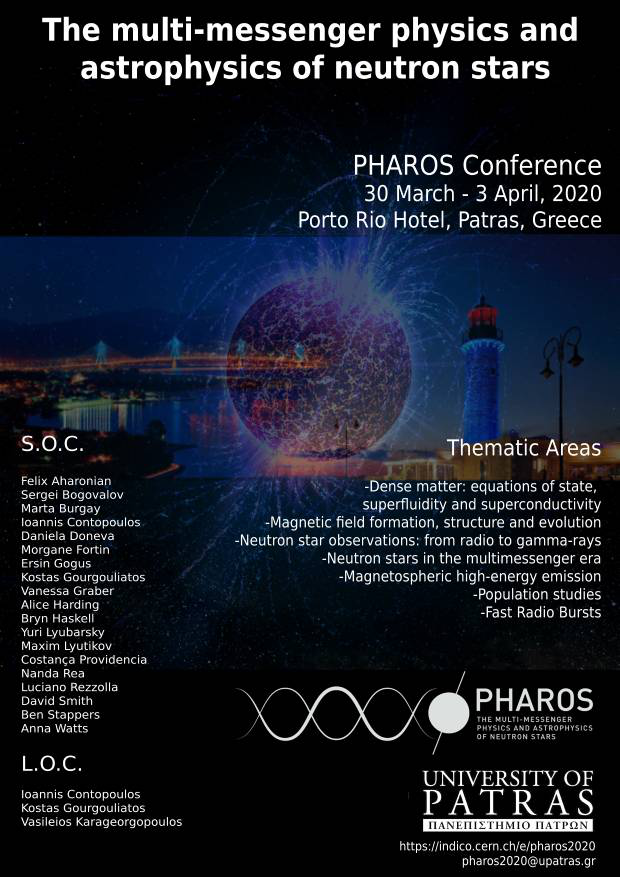Speaker
Description
We investigate how deep carbon can survive in the envelope of very young (a few minutes after birth) and very hot neo-neutron stars. The question is motivated by the existence of at least two neutron stars which are best described with a carbon atmosphere model. Such models unfortunately do not answer the question of how deep a carbon layer can be (a few centimeters are sufficient to form a carbon atmosphere). They also do not answer the question of how that carbon might have appeared. If we assume that there is no accretion after the birth of the star then it could only have come from the initial fallback after the core collapse.
So, it is interesting to investigate whether this "initial" carbon could have survived the early stages of the neutron star evolution. To this aim, we have integrated the nuclear reaction network of the MESA stellar evolution package into our NSCool neutron star cooling code to investigate carbon burning in the neutron stars' envelopes. We have checked both simple run-away explosion criterion and performed carbon burning calculations fully coupled with the neutron star evolution. This provides us with restrictions on the possible thickness of a carbon layers in the envelope.

